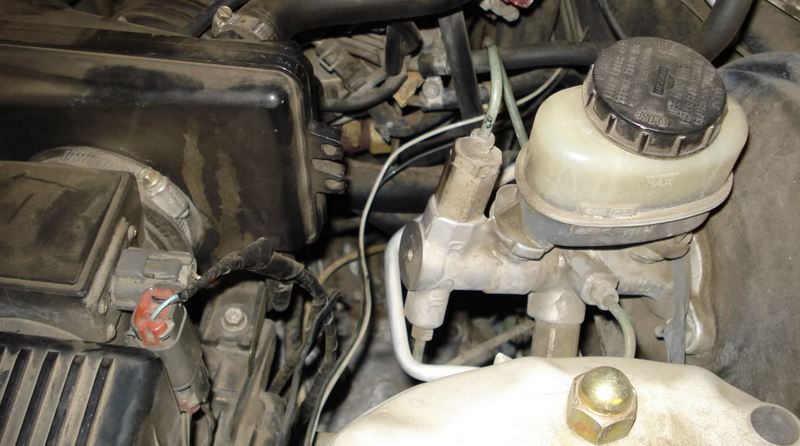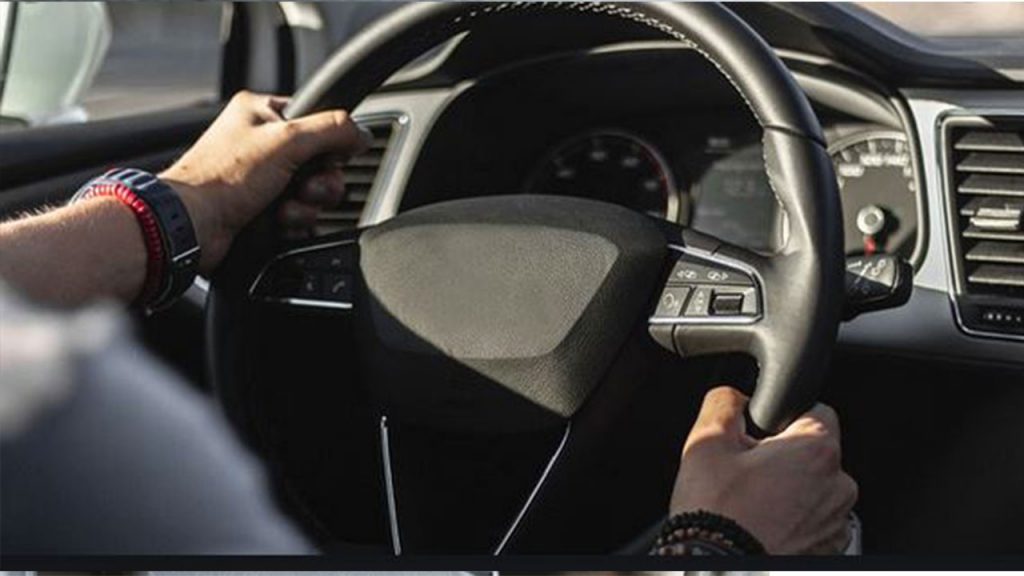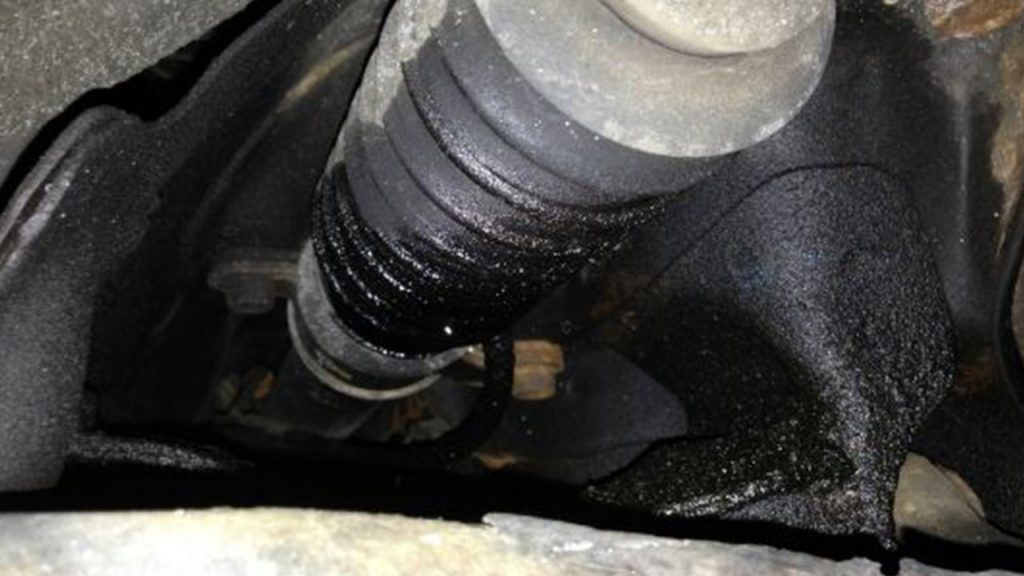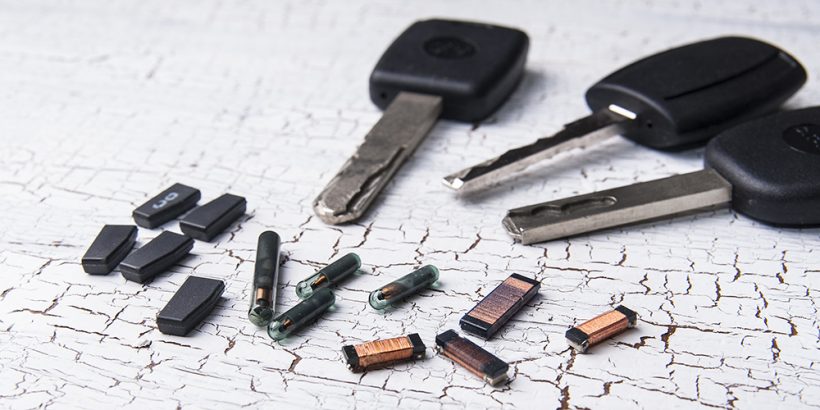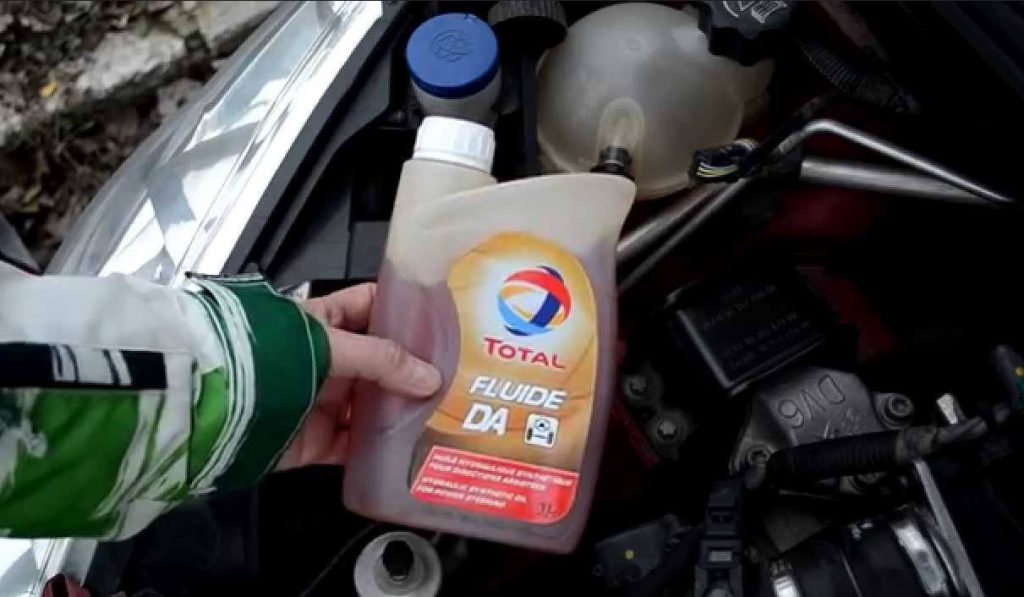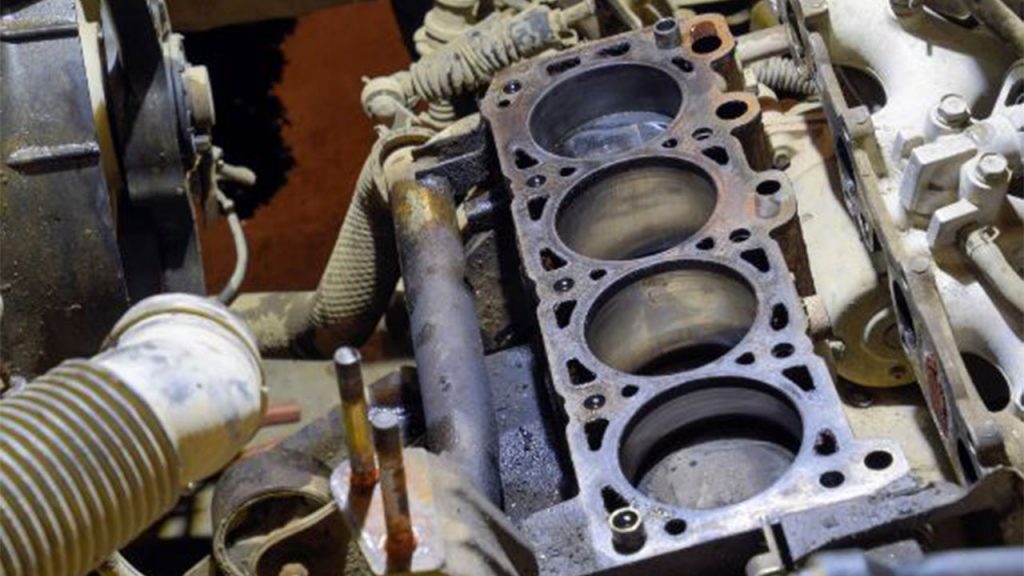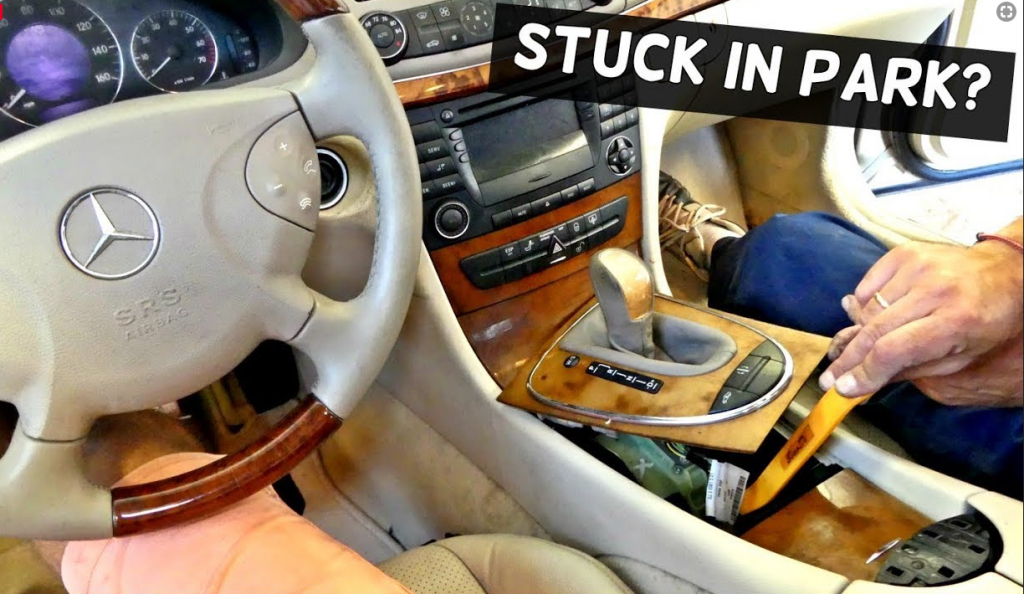Last updated on June 28th, 2023 at 05:12 pm
If you need help with your vehicle speed sensor troubleshooting or would like to know how to test the transmission speed sensor where the automatic transmission speed sensor is located, this post is for you. The transmission speed sensors of a car are important to its powertrain operation. Many modern cars come with two transmission speed sensors, which are at the input shaft and the output shaft.
Where Is The Automatic Transmission Speed Sensor Located?
It happens to be a magnetic sensor that gives information and allows the transmission to shift correctly. It also helps in counting the internal number of revolutions and then transmits that information to its control unit. This is where the data is used to calculate the rotational speed.
As important as your car’s transmission is when it starts having issues and showing a fault code, won’t you like to find out what’s causing it? What if you don’t know where it is located? What will you do?
This is why I want to answer your question: Where is the automatic transmission speed sensor located in this article.
Related article:
- 7 Bad Crankshaft Position Sensor Symptoms
- How to Clean Mass Air Flow Sensor with Alcohol
- 7 Best Car Reverse Parking Sensors with Camera (Ultimate Guide)
- How to start a BMW with a bad starter
Where is the automatic transmission speed sensor located?
Check near the front and rear of the transmission housing unit to find your transmission speed sensors. It was placed there to allow the sensor to detect and inform the engine’s computer system via the attachment cabling, the rotation, and the speed of the shaft. However, you can consult your car repair manual.
Vehicle Speed Sensor Troubleshooting: How to Test Transmission Speed Sensor
You need to regularly monitor your car’s speed by the internal engine sensors. The speed sensor is vital as it allows the engine’s onboard computer system to adjust its functionality for the best power performance.
But when you suspect a problem with your car’s speed sensor, you can inspect its operation with the help of a voltmeter. Here is a step to troubleshooting the vehicle speed sensor and how to test the transmission speed sensor.
First, check if the Speed Sensor is getting an Input from the On-Board Computer
Step 1
Pull the front of the car and then securely place it down via the jack stand. Ensure the rear wheel is chocked to avoid movement. Find the speed sensor close to the transmission’s rear part.
Step 2
From the sensor’s wire, make sure it is disengaged from the wiring harness where it is joined to the frame.
While the ignition is turned on, your voltmeter should be connected to the reference wires in the connector. Once you can’t read any voltage, there could be an issue with the input signal from the onboard computer.
Now you should check if the Speed Sensor is bad
Step 1
The harness needs to be reconnected, and the ignition turned off. Take off the electrical connector from the speed sensor, and the bolt that guides the sensor to the transmission housing should be removed. Now slowly take off the sensor from the transmission.
Step 2
Put the speed sensor on any surface and use the voltmeter to check the pulsing AC voltage while slowly turning the gear with your hand. If you didn’t get any voltage, the sensor has gone bad.
All you need to do is install a new sensor into the transmission and replace the retaining bolt.
Can Wheel Speed Sensors Affect Transmission?
Yes, a wheel speed sensor can affect the transmission. If it goes bad, the PCM won’t be able to control the shifting of gears around the transmission properly. When this happens, it may make the transmission shift quicker than normal.
How Long Can You Drive A Car With A Bad Speed Sensor?
Remember, those speed sensors must detect the speed of every wheel they are attached to and send this information to the transmission control unit. So whenever these speed sensors become faulty or have gone bad completely, it will send incorrect or no signal to the connected system.
When this happens, the incorrect signals processed by the ABS could cause your car to function abnormally whenever you want to change gears.
However, you can drive your car for a long, as a bad speed sensor cannot stop your car from running. But you should note that the wrong signals that it transfers to the ABS can affect other innovative car components and make them stop functioning properly.
What Are The Symptoms Of A Bad Speed Sensor?
Broken Odometer Or Speedometer
In most cars, the speed sensor powers the speedometers connected to the transmission. Once these speed sensors fail, the speedometer won’t work at all. But some odometers make use of the same sensor as the speedometer.
Transmission Issues
Bad speed sensors can directly affect your vehicle’s transmission system, especially when your vehicle runs with an automatic transmission. Once your transmission is faulty, you’ll observe your car won’t accelerate as it used to. Not only that, you’ll notice delayed shifts and demanding shifts.
No Cruise Control
Your car’s cruise control requires the knowledge of a vehicle’s speed for it to function well. So whenever the speed sensor goes bad, your cruise control won’t function until you fix the sensor.
Illuminated Check Engine Light
Your vehicle’s check engine light is a vital part of your car. Once it gets illuminated, it means your car has an issue. With it illuminated, you won’t be able to know whether or not the problem is coming from the transmission speed sensors unless it is inspected.
What Could Happen When Driving Without A Speed Sensor?
Whenever the speed sensors become faulty or have gone bad completely, it will send an incorrect or no signal to the connected system. So what could happen is that the incorrect signals processed by the ABS could cause your car to function abnormally whenever you want to change gears. Also, this could cause the transmission to shift quickly or even more roughly than normal.
This means that once you notice something faulty, it shouldn’t be left like that and should be fixed. Get a good mechanic to replace the failing transmission speed sensor to eliminate any further issues with your vehicle.
Concluding on: Where Is the Automatic Transmission Speed Sensor Located
When you drive with a bad transmission speed sensor, it won’t be able to estimate the actual speed, making gear shifting difficult or even impossible. It’s vital to replace the speed sensor as soon as you notice it’s faulty to avoid damaging other components.
I hope this post has helped you see how to test transmission speed sensors with my two-way vehicle speed sensor troubleshooting steps in this article. If you find this helpful, please don’t forget to share and bookmark this page for feature reference.
Related Articles:
7 Bad Crankshaft Position Sensor Symptoms
11 Best Free VIN Check/Car VIN Number Lookup Free Sites

